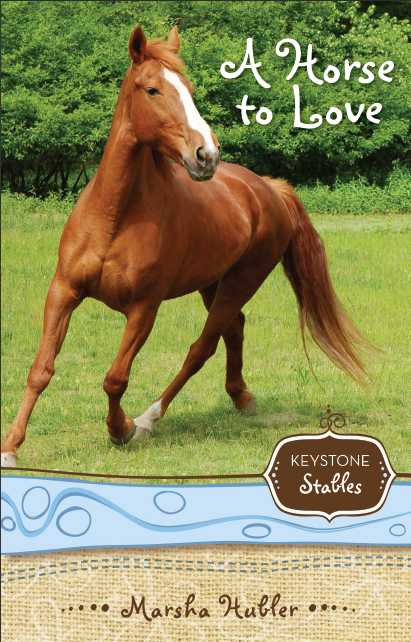On Writing: Let’s Talk Grammar and Punctuation for a While
(Post Number Five)
The Elusive Colon
What can we writers say about the elusive little colon that some people abuse so much, they should have a colon-oscopy! Colons should be used infrequently, but when used properly, they can be a very effective little tool to get your point across. Let’s take a look at the little punctuation mark that looks like one period stacked on top of another. Here are its main uses and examples of each:
- The colon is used to introduce a list or a series: (case in point!)
Example 1 – Our seasonal calendar is divided into four main time periods: winter, spring, summer, and fall.
Example 2 – Freddie said his best friends were also his brothers: Bill, Mike, and Ed.
*Notice that the only time you cap the word after a list or series is if the first word is a proper noun.
2. The colon is used to introduce a speaker or dialogue in a skit or play.
Example –
Ben: When my birthday comes around, I’m going to go on a skiing trip.
Susie: When my birthday comes around, I’m going to be forty!
*Notice that the dialogue starts with a capital letter but has NO quotation marks in a play script.
3. The colon is used to introduce two or more sentences in close sequence.
Example –
Bud had two job choices: Should he work at the mini-mart? Or should he work at the hamburger joint?
*Notice that the word “Should” is capped after the colon because it’s a full sentence.
4. The colon is used in the greeting of a business letter or in the introduction to a speech.
Example 1 – Dear Senator Huey: (Letter)
Example 2 – To Whom It May Concern: (Letter)
Example 3 – Ladies and Gentlemen of the Jury: (Beginning of a speech)
5. The colon is used when writing scripture references.
Example – One of my favorite verses is 1 Corinthians 15:10.
So there you have a quick review of the most important uses of the little colon. Use them sparingly, but use them correctly, and your writing will move to a higher level.
Next time, we’ll look at periods. “Periods?” you’re probably thinking. “Everybody knows how to use periods. Well, check in on February 6th. You might be surprised to learn a few new things about this little dot that adds meaning to everything we write.
Keep on writing!
Marsha



